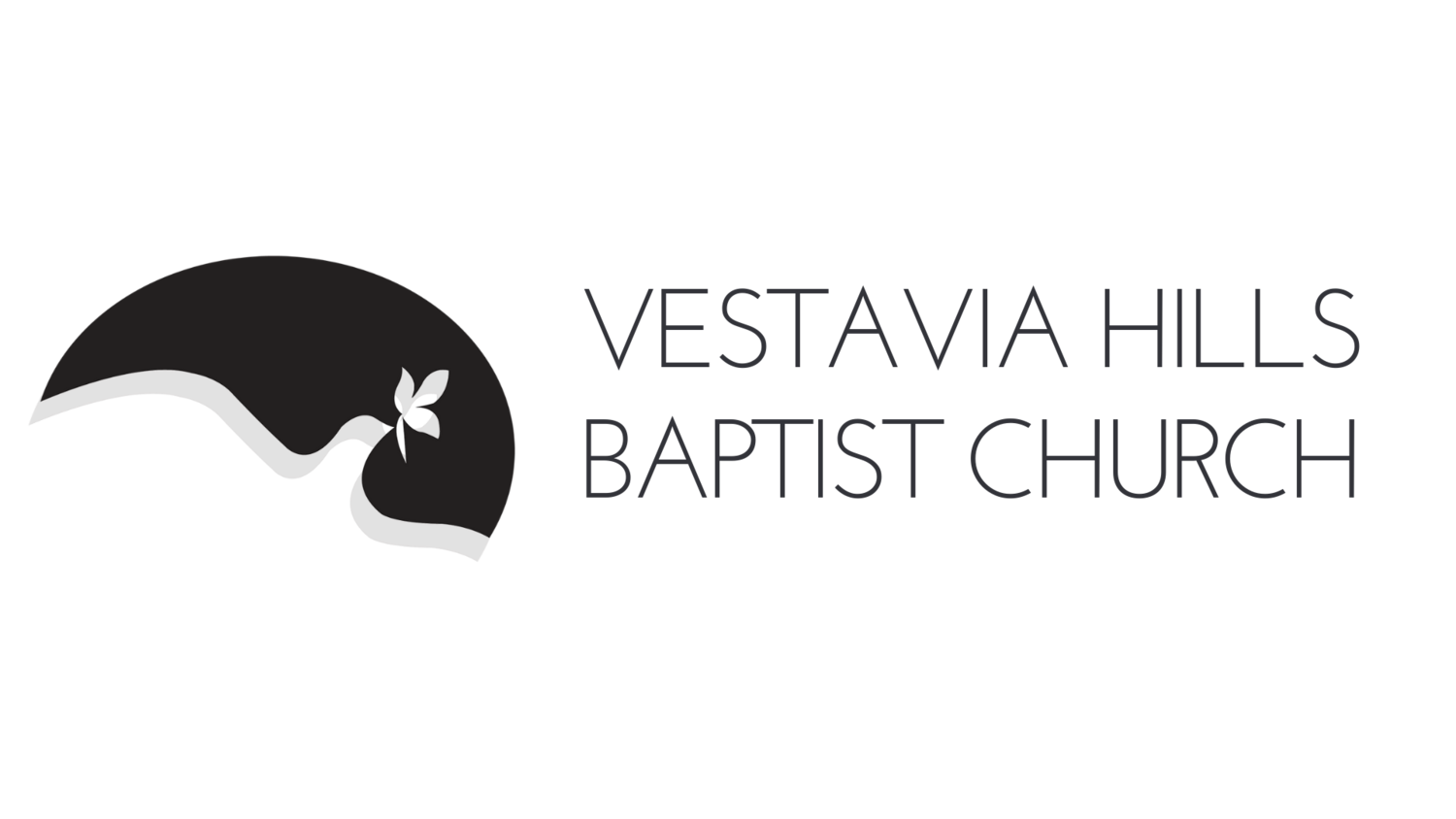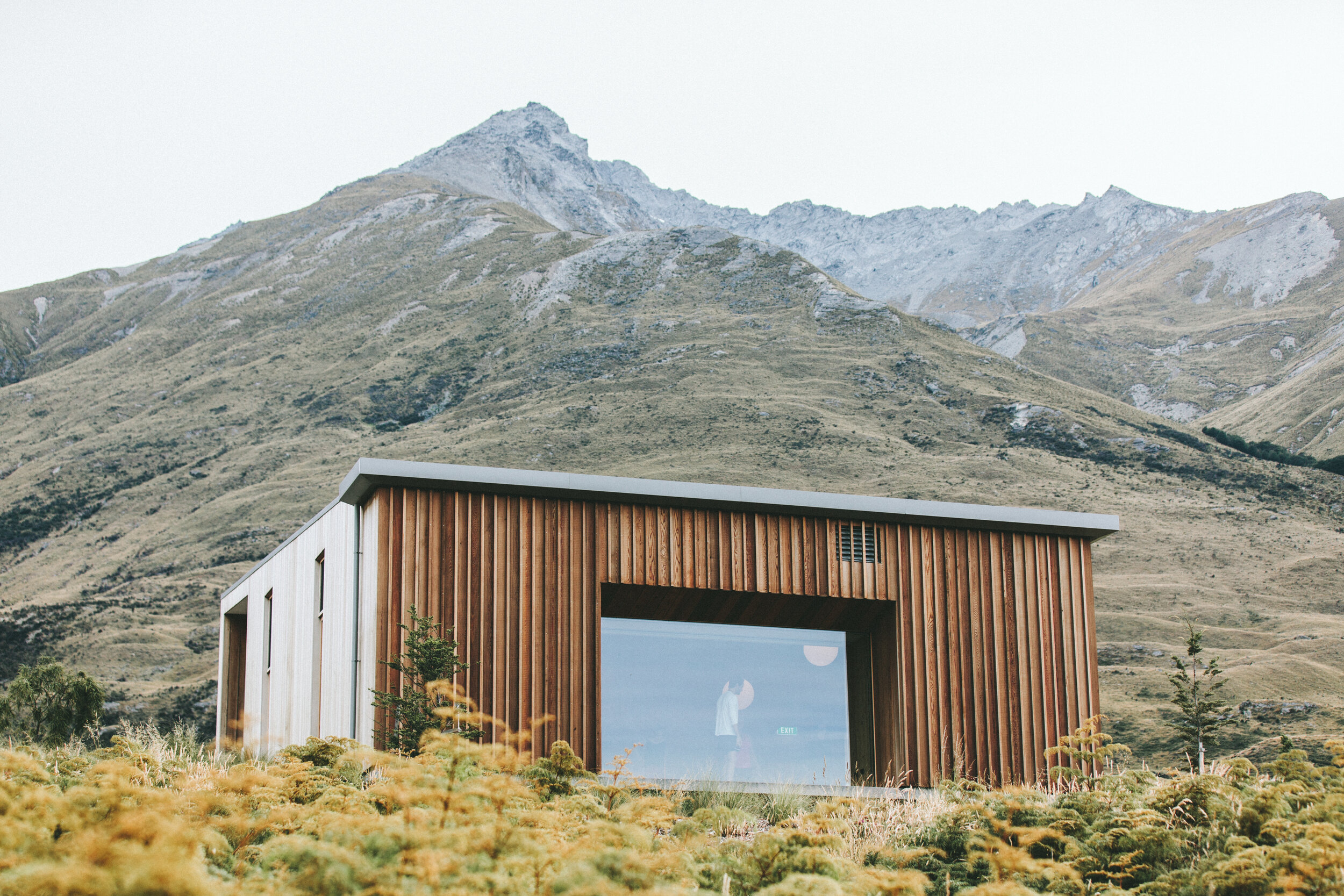
History
The year was 1957. Dogwood trees were almost in full bloom in Vestavia Hills. Readers of the Shades Valley Sun in late March read about a meeting on March 31 for people interested in starting a new Baptist church in Vestavia. The 3 p.m. meeting at City Hall was convened by Dr. Lamar Jackson, Missions Committee Chairman of the Birmingham Baptist Association. Oley Kidd, Director of Missions, and other ministers attended, along with an interested group of people. A committee was formed to go ahead with planning: Dr. A. E. Casey, chairman; W. B. Eidson, John Cain, and H. J. Hager, with ex-officio ministers Oley Kidd, Hugh Chambliss, and E. M. Arendall. The committee recommended that an option be taken on land at the corner of U. S. 31 and Shades Crest Road, and Oley Kidd led the Birmingham Baptist Association to exercise that option with a deposit of $1,000.
The first worship service was planned and announced to be held at Vestavia Elementary School, now known as Vestavia Elementary East. Oley Kidd led the service on Sunday, April 28. Everyone was invited to attend a follow-up meeting on Wednesday, May 1, to form a Council empowered to constitute a new church, to be named Vestavia Hills Baptist Church. At that meeting on May 1st, twenty-seven people requested membership in the new church, by transfer of letter and two by profession of faith and baptism. The Council was appointed to constitute the church and consisted of Oley Kidd, R. E. Gilmer (Associate Moderator of the Association), Dr. Leon Macon (Editor of The Alabama Baptist), Rev. Bill Stewart (Mountain Brook Baptist), and H. G. Youngblood (Deacon Chairman at Shades Mountain Baptist).
On Sunday, May 5 at 8:30 a.m., Rev. Oley Kidd conducted the first service of Vestavia Hills Baptist Church. Six new members joined that service.
Now work would begin in forming this new church - where to meet, who to lead, and how to get organized. It was an exciting beginning!




